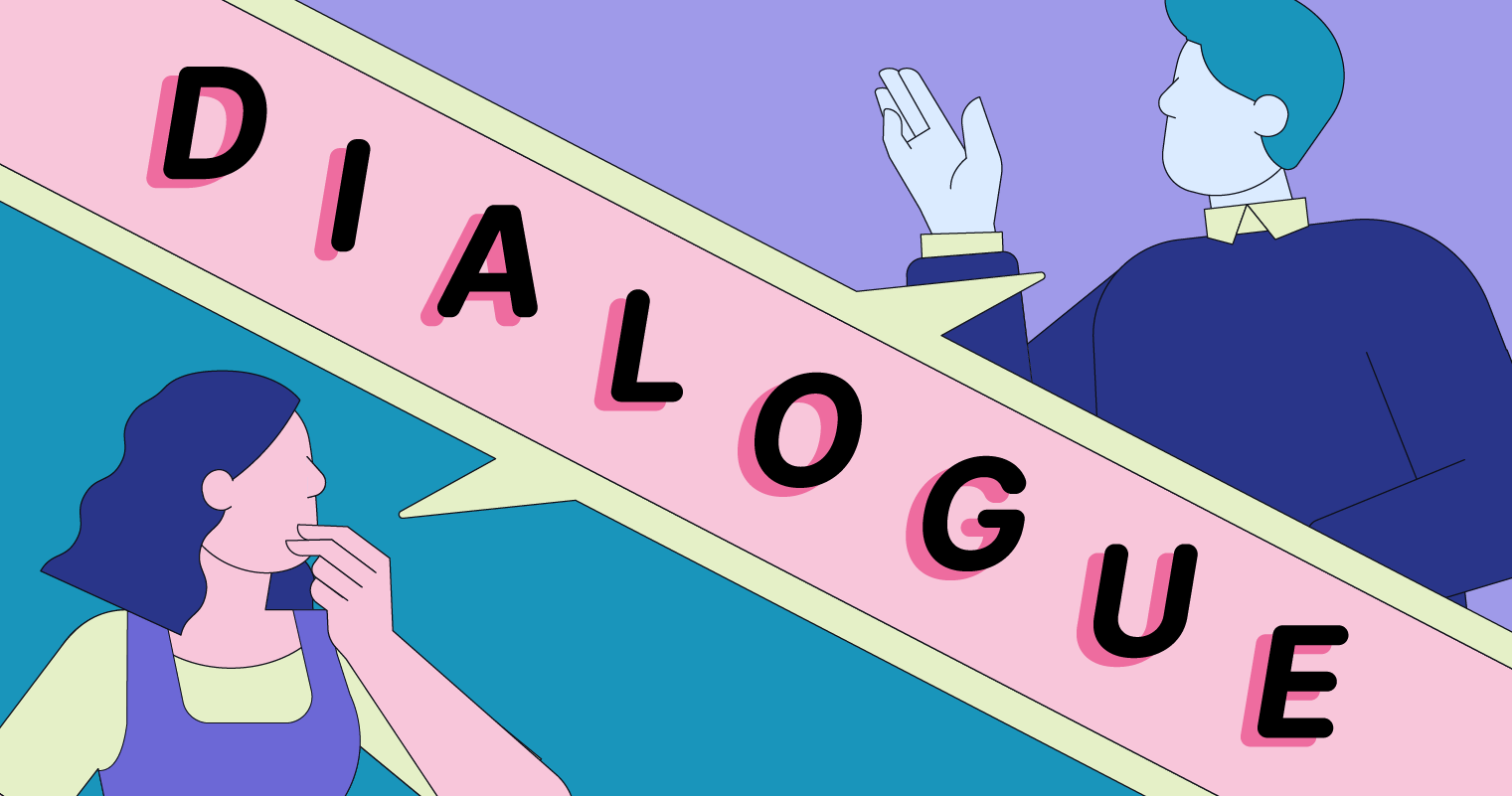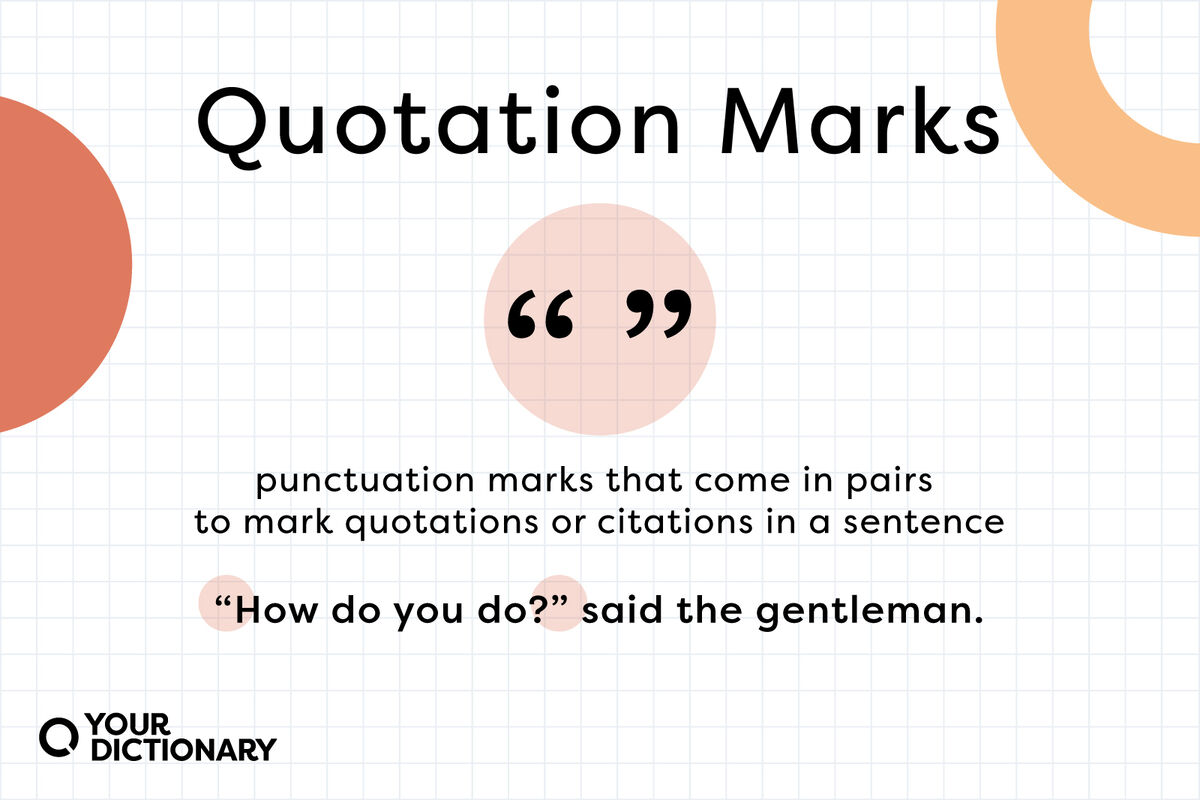Chapter 16-Dialogue

Dialogue is a form of communication between two or more individuals or characters. It involves the exchange of spoken or written words, where each participant takes turns expressing their thoughts, ideas, or emotions. Dialogue plays a crucial role in literature, drama, film, and everyday conversations.
In written form, dialogue is often presented within quotation marks to distinguish it from narrative or descriptive text. It helps to bring characters to life by revealing their personalities, motivations, and relationships through their speech patterns, vocabulary, and tone. This is especially important when writing certain genres, such as a narratives.
Dialogue serves various purposes, such as advancing the plot, providing exposition or background information, revealing conflicts or tensions, developing characters, or simply entertaining the audience. It can be used to convey a wide range of emotions, including joy, anger, sadness, fear, surprise, or humor.
Effective dialogue is authentic and natural, reflecting the unique voice and perspectives of each character. It should be engaging, concise, and relevant to the story or context in which it occurs. Dialogue can also incorporate elements like subtext, where characters imply meanings or intentions beneath their words, adding depth and complexity to the conversation.
Overall, dialogue is an essential tool in storytelling, enabling the interaction and communication between characters, and allowing the audience to better understand thoughts, feelings, and relationships.
Check out this short story by Langston Hughes. Notice the amount of dialogue and how it affects the overall tone and clarity of the story.
If you do use dialogue in your writing, you must know how to use the quotation mark correctly, and the rules for using quotation marks vary slightly depending on the style guide or language conventions you follow. Here are some general guidelines for using quotation marks:

- Use double quotation marks (” “) for most purposes:Example: She said, “I’ll be there at 8 o’clock.”
- Use single quotation marks (‘ ‘) to enclose a quotation within a quotation:Example: He asked, “Did she say, ‘I can’t make it today’?”
- Place commas and periods inside the closing quotation mark:Example: “I love reading,” she said. “It’s my favorite hobby.”
- Place colons and semicolons outside the closing quotation mark:Example: The teacher said, “Please bring the following items to class”: a notebook, a pen, and a textbook.
- Use question marks and exclamation marks inside the closing quotation mark if they are part of the quoted text:Example: He asked, “Where are you going?” (The question mark is part of the quote.)
- Use question marks and exclamation marks outside the closing quotation mark if they are not part of the quoted textExample: Did she really say, “I can’t believe it”?
- Use quotation marks for titles of shorter works (e.g., articles, poems, short stories) and episodes of TV shows or radio programs:Example: “The Catcher in the Rye” is a classic novel.
Remember, specific style guides or publishing requirements may have additional or slightly different rules for using quotation marks. It’s always a good idea to consult the relevant style guide or follow the conventions established by the publication you are writing for.
Chapter Practice
Directions: Insert quotation marks and punctuation where needed. Don’t forget the rule concerning a quote within a quote (rule 2)!
- She exclaimed I can’t believe it’s already summer!
- The teacher asked Who can tell me the capital of France?
- Did you hear him say I love chocolate? she whispered.
- He read aloud the famous opening line It was the best of times, it was the worst of times.
- Could you please pass me the New York Times? he asked.
- I’m going to watch Game of Thrones tonight she said excitedly.
- The librarian recommended the book To Kill a Mockingbird as a must-read.
- I can’t believe she said I never want to see you again he murmured sadly.
- How many times have you heard the phrase practice makes perfect? he inquired.
- The presenter concluded the speech with the famous quote Ask not what your country can do for you; ask what you can do for your country.
